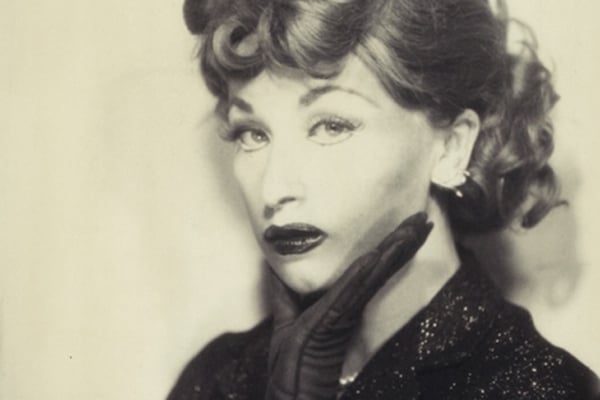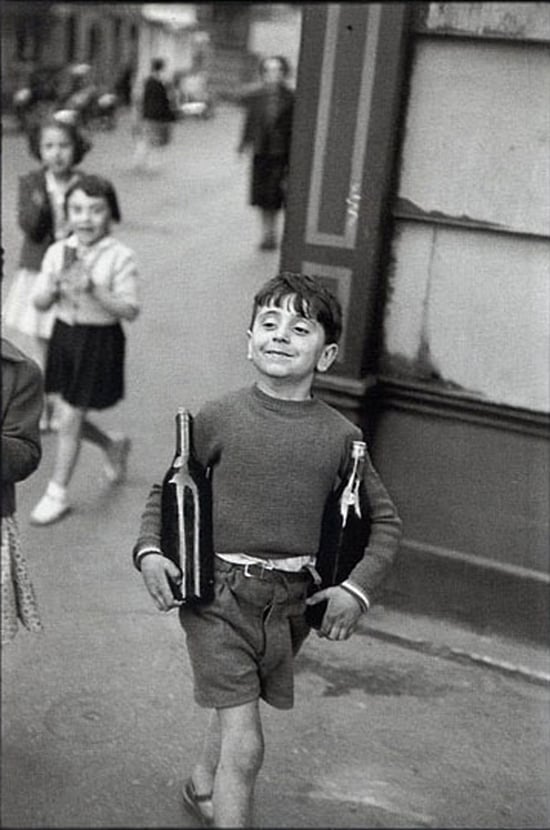Auctions
artnet Auctions: Top Tips for New Photography Collectors
Learn how to get started, from an expert.

Photo: Courtesy of artnet.
Learn how to get started, from an expert.

Susanna Wenniger


Burt Glinn, Andy Warhol with Edie Sedgwick and Chuck Wein, New York City (1965).
Photo: Courtesy of artnet News.
As the senior photography specialist at artnet Auctions, I work with seasoned collectors who buy and sell works in our auctions. Though our bidders tend to be savvy, well-informed, and come with very targeted interests, collectors who are new to the game should not be intimidated, as connoisseurship can be gained over time.
First, there are many areas in photography to choose from: Will you focus on 19th century? Modernism? Photojournalism? Surrealism? Street? Celebrity? Fashion? Contemporary? Vintage? We address this in our auctions by curating sales that are already specialized for photography collectors. Our latest sale, Style and Glamour, for instance, is our current offering of alluring works by Fashion photographers.
Below, we’ve rounded up some suggestions and tools that might help a new photography collector enter the mix.

Photo London’s atmosphere.
Photo: Courtesy of Photo London.
1. Explore art fairs.
Art fairs provide an overview of the photography market and are especially useful in developing a sense of which galleries represent the artists that interest you. Fairs offer direct access to most of the dealers in the field, and serve as great opportunities to connect with those who share your interests.
Two upcoming photography fairs include The Photography Show, the Association of International Photography Art Dealers’ major photo fair at the Park Avenue Armory in New York (running from April 14 through April 17), and Photo London at Somerset House (running from May 19 through May 22).
2. Establish relationships with photography dealers.
A good dealer will educate you about an artist’s work, provide you with a sense of their retail market, and give you confidence in collecting the artwork you like. You should feel comfortable asking dealers for general guidance as well as specific questions.
Try to find dealers who share your interests in photography. If you gravitate towards cutting-edge contemporary work, find dealers who sell those works. If you respond to classic photographs by masters of the medium, connect with dealers who have this inventory. The artnet Gallery network is a great tool to narrow your search and find galleries near you.

Steve McCurry, Sharbat Gula, Afghan Girl, Pakistan (1984).
Photo: Courtesy of artnet Auctions
3. Do your homework.
It’s important to learn what is typical for the work of the artists you are interested in. Spend time looking at different types of photographs, like vintage prints versus works that were printed later. Ask some questions: Did they edition their work? Do they make prints in various sizes? Where did they sign the work, or was it only stamped? Were they “old school” photographers who did not edition their work and only made prints upon request?
Steve McCurry’s Afghan Girl, for instance, is an open edition but maintains a high value, both at retail and at auction, simply because it is such an iconic image. In fact, the impression above offered on artnet Auctions in January of this year achieved a world record auction price selling for $43,320 (with premium)—more than double the high estimate.

Henri Cartier-Bresson, Rue Mouffetard, Paris (1954/printed later).
Photo: Courtesy of artnet Auctions.
4. Buy at auction.
When you’re ready to buy at auction without the guidance of a dealer, remember this phrase: “Buyer beware.” Ask for condition reports to determine whether a work has a minor issue (something hardly visible and not greatly affecting the value of the work), versus something more serious, like a crack, crease, or ding in the image. Other issues to look out for include foxing, silvering, and fading.
Spotting on a photograph, for instance, is not considered a true condition issue since it is inherent to the process of creating a later print from an old, damaged negative. For example, a later print of Henri Cartier-Bresson’s Rue Mouffetard, like the one above, will have spotting throughout the print, since the negative dates from the 1950s and has worn down. This later print sold on artnet Auctions for $29,400, nearly surpassing the work’s highest estimate.
With contemporary works, any abrasion to the surface of a Diasec mounted piece can affect the value. Because the Diasec is an acrylic surface face-mounted to the photograph, anything that affects the Diasec surface will affect the entire piece. While many of these issues can be repaired by a good photography conservator, it is important to be aware of the delicate nature of photographs, and, most importantly, the issues that affect a work’s value.

Massimo Vitali, Benicassim Beach Pink (2007).
Photo: Courtesy of artnet Auctions.
5. Learn the lingo.
It’s also important to understand the different terminology at auctions. There is an opening bid, the reserve price, the lot estimate, and the buyer’s premium. Understand the difference between the retail market for an artist work and the prices in the auction market. There are often very different price points for a contemporary artist.
Ask the lot specialist for auction comparables (past auction sales) for the lot you are interested in, or do the research yourself using artnet’s Price Database. Get “Market Alerts’ to notify you when works by an artist you collect comes up at auction. Because of the increased transparency of the auction market, collectors can now make informed, confident decisions about what makes for a “good investment” when purchasing at auction in a way that they were never able to before.
If you would like to inquire further about photo collecting or artnet Auctions’ current photography sale, Style and Glamour, please contact Susanna Wenniger, Senior Specialist of Photographs at [email protected].